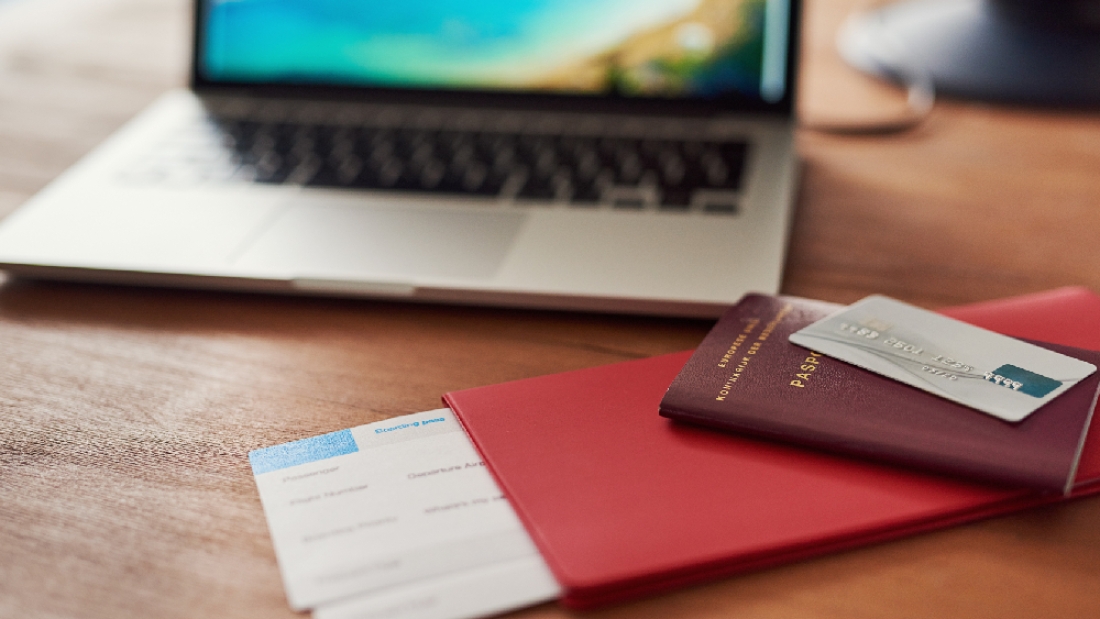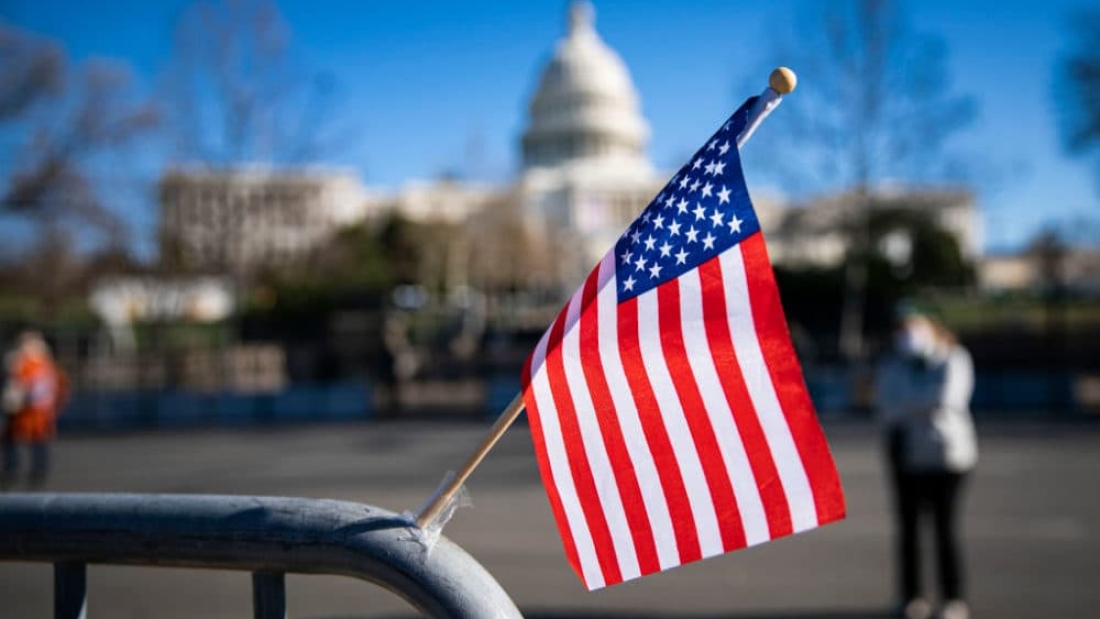Studying in the United States is a dream for many students across the globe. However, securing a student visa can seem like a complex process. At Domain International, we understand the challenges you may face and aim to guide you every step of the way. Here’s a breakdown of essential tips that will help streamline your student visa process for the USA.
Understand the Types of Student Visas
Before applying, it’s crucial to know which visa category is suitable for your program:
F-1 Visa: For academic studies (undergraduate or graduate programs).
J-1 Visa: For exchange programs.
M-1 Visa: For vocational or technical training.
The F-1 Visa is the most common type for students pursuing academic programs, so ensure you apply for the correct visa type.
Start Early with SEVIS Registration
After receiving an acceptance letter from a U.S. university, you’ll need to register with the Student and Exchange Visitor Information System (SEVIS). The university will provide you with an I-20 form, which is a vital document for your visa application.
Tip: Pay the SEVIS fee well in advance of your visa appointment to avoid delays.
Complete the DS-160 Form Accurately
The DS-160 form is a crucial online application form for your visa. Be careful while filling it out, as even minor mistakes can lead to processing delays. Once completed, save the confirmation page, which you’ll need for your visa interview.
Pro Tip: Double-check all information before submitting to avoid any discrepancies.
Schedule Your Visa Interview Early
U.S. embassies and consulates often have long wait times, especially during peak application seasons. Schedule your visa interview as soon as possible after receiving your I-20 form and completing your DS-160.
Prepare Financial Documentation
You must prove that you have sufficient funds to cover your tuition and living expenses for the first year of your study. This typically includes:
Bank statements
Scholarship letters (if applicable)
Affidavits of support (if family members or sponsors are funding your education)
Tip: Organize these documents neatly and ensure that they are current and reflect the required financial stability.
Practice for the Visa Interview
Your visa interview is one of the most crucial steps in the process. Here’s how to prepare for a successful interview:
Know your study plans: Be clear on why you’ve chosen the university and the course.
Be honest: Give genuine answers when asked about your future plans after studying.
Show intent to return to your home country: The interviewer will likely assess whether you plan to return after your studies, so be prepared to discuss this.
Be Confident and Calm
During the interview, the consular officer will not only focus on your documentation but also your confidence. Answer questions calmly, maintaining a positive attitude throughout the conversation.
Prepare Supporting Documents
Bring along all the necessary documents to your interview, including:
Passport (valid for at least six months beyond your intended stay)
Form I-20
DS-160 confirmation page
SEVIS fee receipt
Financial evidence
Acceptance letter from your university
Know the Common Reasons for Visa Denial
Some common reasons for visa denial include insufficient financial proof, incorrect documentation, or failure to prove intent to return to your home country. Address these factors in advance by preparing thoroughly.
Stay Updated with Visa Policies
U.S. immigration laws and visa policies can change. Keep yourself updated through the U.S. embassy website and follow any new guidelines.
Getting a student visa for the USA may seem daunting, but with proper preparation, attention to detail, and confidence, you can make the process smoother. At Domain International, we specialize in guiding students through the visa process. Contact us for personalized advice and make your American dream a reality!



![india-canada_98333203[1]](https://domaininternational.in/wp-content/uploads/2019/07/india-canada_983332031-1100x619.jpeg)

![site_0166_0001-1000-667-20151104151645[1]](https://domaininternational.in/wp-content/uploads/2019/07/site_0166_0001-1000-667-201511041516451-1100x619.jpg)